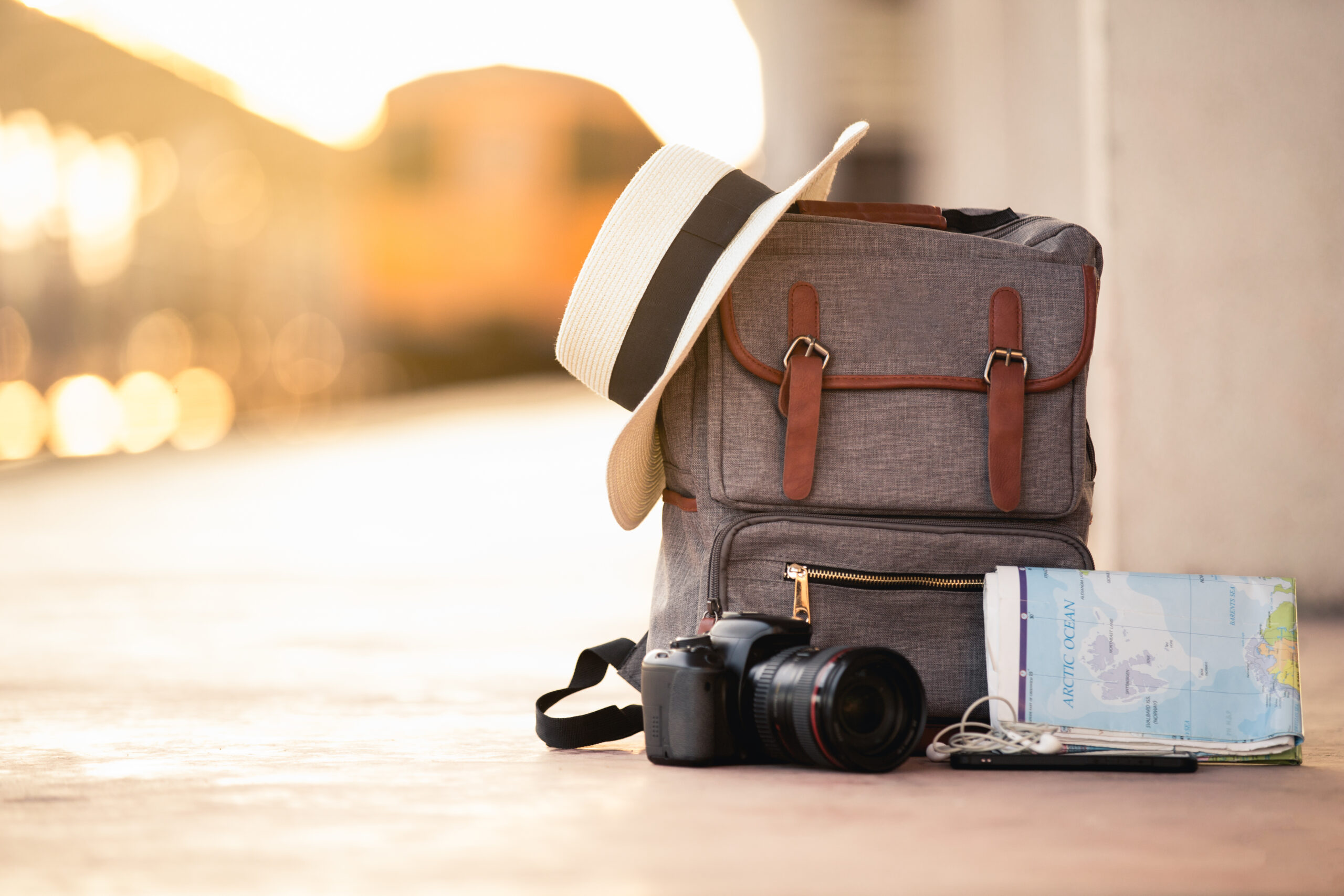Understanding the Basics of Safari Costs
Embarking on a safari in Tanzania is a dream for many travelers, offering a chance to witness breathtaking landscapes and diverse wildlife. However, planning such an adventure requires a thorough understanding of the costs involved. In 2025, several factors will influence the overall price of a Tanzanian safari, making it essential to plan ahead.
The primary components of a safari cost include accommodation, transportation, park fees, and guided tours. Accommodation options range from budget-friendly campsites to luxurious lodges, each offering a unique experience. Campsites can cost as little as $50 per night, while high-end lodges may charge upwards of $500 per night.
Transportation is another significant expense. Most safaris involve a combination of domestic flights and jeep rentals. Domestic flights, often necessary due to Tanzania’s vast distances, can cost between $200 and $500, depending on the route. Jeep rentals, crucial for traversing the rugged terrain, typically range from $150 to $300 per day.
Park fees are mandatory for entering national parks and reserves. In 2025, these fees are expected to be around $70 to $100 per day, per person. Guided tours, which enhance the safari experience with expert knowledge, can add another $100 to $200 daily.
By understanding these basic components, travelers can better estimate the costs and tailor their safari experience to fit their budget and preferences.
Comparing Safari Packages and Their Value
When planning a safari in Tanzania, choosing the right package is crucial for maximizing value and satisfaction. In 2025, travelers will find a wide array of packages catering to different interests and budgets, from budget-friendly group tours to exclusive private excursions.
Group tours are an excellent choice for those looking to minimize costs while enjoying a social experience. These packages often include shared transportation, accommodations, and guided tours, reducing individual expenses. Prices for group tours in 2025 are expected to start at around $1,500 for a week-long safari.
For a more personalized experience, private safaris offer tailored itineraries and exclusive access to certain areas. While these come at a premium, often starting at $3,000 for a similar duration, they provide a more intimate and flexible adventure.
Luxury safaris, characterized by opulent lodges and gourmet dining, cater to those seeking an indulgent experience. These packages can exceed $5,000 but promise unparalleled comfort and service.
Ultimately, the choice of safari package should align with one’s budget, travel style, and desired experience. Comparing the inclusions and exclusions of each package will help travelers make informed decisions and ensure a memorable journey.
Seasonal Variations and Their Impact on Costs
The timing of a safari in Tanzania significantly impacts the overall cost, with seasonal variations playing a pivotal role. Understanding these fluctuations can help travelers plan more economically and enhance their safari experience.
Tanzania’s peak safari season typically runs from June to October, coinciding with the dry season. During this period, wildlife is easier to spot as animals gather around water sources. However, the increased demand leads to higher prices for accommodation and tours, often by 20% to 30% compared to the low season.
The shoulder seasons, from November to December and March to May, offer a balance between cost and experience. While some rain may occur, these months often provide lush landscapes and fewer crowds, with prices slightly lower than peak season.
The low season, primarily from January to February, is characterized by heavier rainfall, which can make some areas inaccessible. However, this period offers significant savings, with discounts on accommodation and tours reaching up to 40%. Additionally, the low season provides a unique opportunity to witness the calving season of wildebeest in the Serengeti.
By considering these seasonal variations, travelers can choose the optimal time for their safari, balancing cost with the desired wildlife experiences and landscapes.





